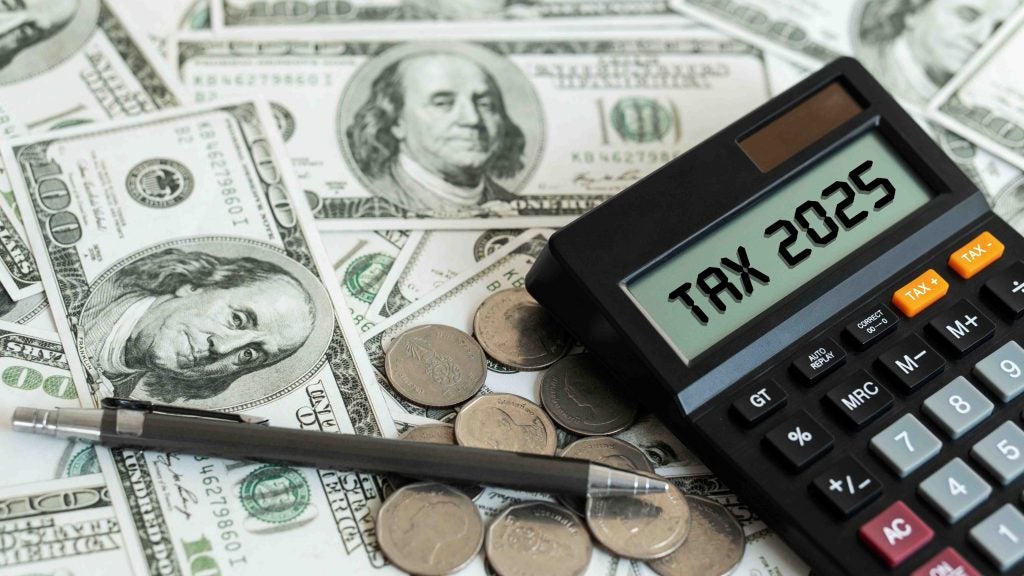A country’s economic sustainability could
serve as a much better barometer of future economic performance as
traditional credit ratings have reached their limits and no longer
serve as leading indicators, research from Bank Sarasin has
suggested.
The sovereign bonds of many Southern European
countries have seen prices collapse under the pressure of the
European debt crisis.
Sarasin said the “traditional” credit ratings
of the big agencies were repeatedly cut, virtually in parallel,
with the decline in the sovereign bonds’ value, acting more as a
barometer of current trends, than an indicator for the future.
The research suggests that investors in
sovereign bonds should look at economic sustainability, including
factors such as future tax receipts and efficiency of converting
goods and services into earnings, when assessing the returns from
sovereign debt.
Divergence noted from
mid-2009
In its research, Bank Sarasin split the World
Government Bond Index (WGBI) produced by Citigroup into two
groups.
Fifteen of the total 25 countries represented
in the index were classed as “sustainable” according to Sarasin’s
rating system, while the rest were classed as
“non-sustainable”.
“One conspicuous feature is the way that the
two groups started to move apart from about mid-2009 onwards, which
is attributable to a combination of losses in local currency terms
and negative exchange rate movements”, the report said.
Sarasin’s study also revealed that sovereign
bonds of sustainable emerging economies have comfortably
outperformed their non-sustainable counterparts.
.







